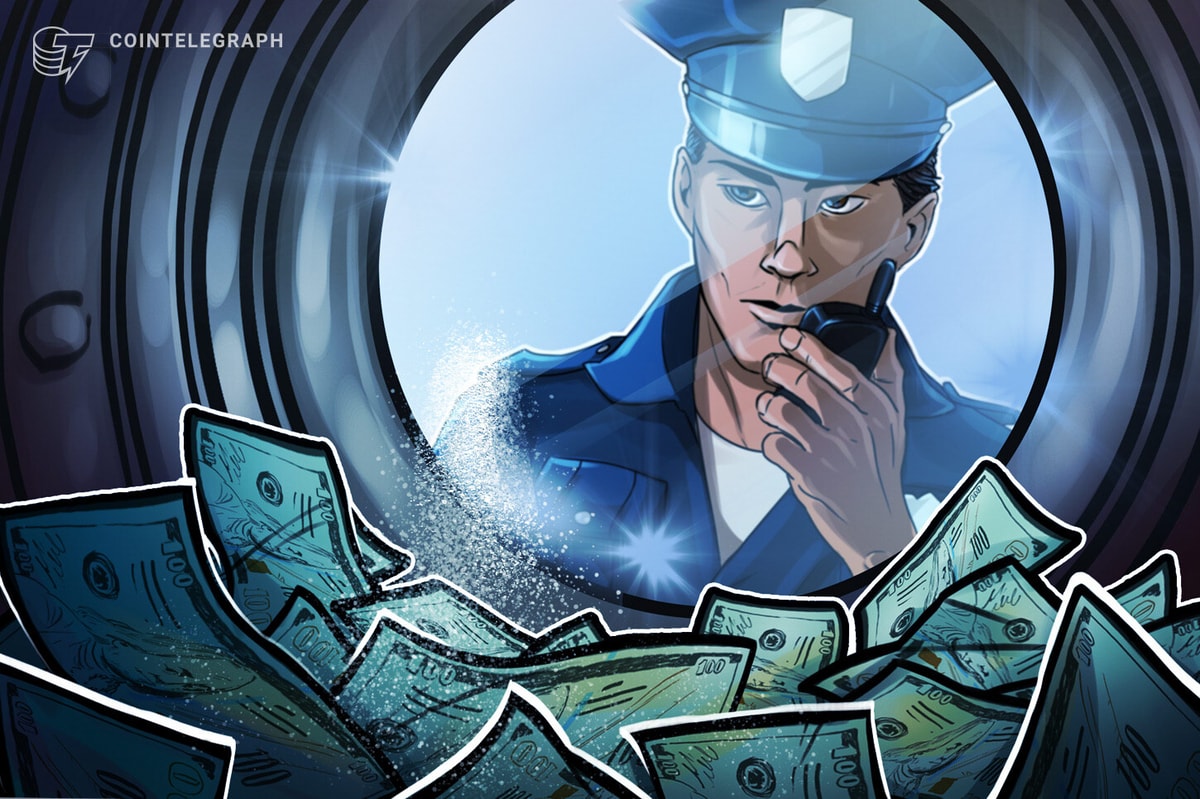After the meteoric rise of FTX as a crypto exchange, its sudden collapse has sent shockwaves through the industry. Sam Bankman-Fried, who had positioned himself as the poster boy of crypto, has lost almost everything.
But that’s not the end of it. The contagion effect could spread much wider than anticipated over the coming weeks.
The FTX fiasco is going to have a dramatic impact not just on centralized exchanges but also on blockchains and the broader DeFi and Web3 ecosystems. How? Allow me to explain.
The Visible Cracks in Decentralized and Multi-Chain Web3
For a long-time, Ethereum was the go-to blockchain for developers to build their dApps. It offers a comprehensive developer toolkit and interface that helps to streamline production.
What would take a developer months on another network could only take a few weeks on Ethereum. But its slow transaction speeds and sky-high gas fees prompted developers to look for alternative blockchains that promise to overcome Ethereum’s limitations.
That’s what sparked the rise of the so-called “Ethereum-killer” chains like Solana, Cardano, and others.
The future certainly looks to be multi-chain, consisting of a variety of Layer-1 and Layer-2 chains, each vying to overcome central problems and mark itself as a market leader.
Developers are increasingly building dApps that can tap into the user bases and assets of multiple chains rather than being locked into just one ecosystem.
As the FTX debacle has exposed, even investors betting on the multi-chain future are left scratching their heads. Why? They have no clue which blockchains would survive, let alone dominate, the multi-chain era.
Solana blockchain, one of the most hyped “Ethereum killers,” is experiencing major stress, thanks to Sam Bankman-Fried for revealing that it might not be as “decentralized” as many assumed.
Solana claimed to be fairly decentralized, meaning no single individual or entity could control or influence it.
However, FTX had built a DEX called Serum on the Solana blockchain. Even though Serum claimed to be operated by a DAO, Alameda Research could make decisions about Serum without involving any other DAO member. Talk about decentralization!
Besides building a DEX on Solana, SBF’s Alameda Research participated in Solana’s $314 million funding round last year.
According to Coindesk, the Solana Foundation had tens of millions of dollars in crypto assets stranded on the pre-collapse FTX.
The foundation also held 3.24 million common stock shares in the bankrupt exchange.
Core Principles and Infrastructure Will Take the Industry Forward
These revelations don’t mean Web3 is dead. Far from it. Sure, in this brutal bear market, many more centralized exchanges could bleed. Some of the revolutionary blockchains could turn out to be, well, not-so-revolutionary.
But the foundational principles of blockchain – decentralization, trustlessness, and transparency – will continue to drive the industry forward.
And there will be enough room for multiple blockchains to co-exist because each chain has certain unique aspects that make it attractive to users.
The ability to leverage them for distinct attributes will allow users and developers to get the very best from the blockchain ecosystem.
The pick-and-shovel providers, especially the decentralized ones, are also well-positioned to survive and thrive as the multi-chain ecosystem continues to take shape.
That’s because they provide the underlying infrastructure to dozens of chains, and irrespective of which chains come to dominate the future, they will do just fine as long as the overall industry grows.
For instance, Ankr is a leading Web3 infrastructure provider serving over 8 billion daily RPC requests across 39+ supported blockchains. Recently, Ankr upgraded its entire network to transition from a centralized platform to a fully decentralized protocol. It enables developers to build safe, scalable, and upgradable dApps on top of the supported chains.
Ankr is like a messenger that relays on-chain information between blockchain nodes, dApps, and end-users so they can execute necessary tasks like transactions, populate wallet balances, fetch ownership information, and more. Ankr will remain useful as long as developers continue to build decentralized applications and services. And as the saying goes, the bear market belongs to builders.
Final Thoughts
No doubt it’s a difficult time for the industry, but difficult times are known to push developers to focus on strengths, build useful products and services for the future, and propel the industry forward.
The blockchain ecosystem will continue to expand rapidly, become more interconnected, and attract more users. The events that have transpired over the last week are dramatic, but projects that uphold the original principles of blockchain and cryptocurrency will stand steady.
L O A D I N G
. . . comments & more!
Read More: news.google.com









 Bitcoin
Bitcoin  Ethereum
Ethereum  Tether
Tether  XRP
XRP  Solana
Solana  USDC
USDC  Dogecoin
Dogecoin  Cardano
Cardano  TRON
TRON  Lido Staked Ether
Lido Staked Ether  Wrapped Bitcoin
Wrapped Bitcoin  Sui
Sui  Wrapped stETH
Wrapped stETH  Chainlink
Chainlink  Avalanche
Avalanche  Stellar
Stellar  Hyperliquid
Hyperliquid  Shiba Inu
Shiba Inu  LEO Token
LEO Token  Hedera
Hedera  Bitcoin Cash
Bitcoin Cash  Toncoin
Toncoin  Litecoin
Litecoin  USDS
USDS  Polkadot
Polkadot  WETH
WETH  Monero
Monero  Binance Bridged USDT (BNB Smart Chain)
Binance Bridged USDT (BNB Smart Chain)  Bitget Token
Bitget Token  Wrapped eETH
Wrapped eETH  Pepe
Pepe  Pi Network
Pi Network  Ethena USDe
Ethena USDe  Coinbase Wrapped BTC
Coinbase Wrapped BTC  WhiteBIT Coin
WhiteBIT Coin  Dai
Dai  Bittensor
Bittensor  Uniswap
Uniswap  Aave
Aave  NEAR Protocol
NEAR Protocol  OKB
OKB  Aptos
Aptos  Jito Staked SOL
Jito Staked SOL  Ondo
Ondo  BlackRock USD Institutional Digital Liquidity Fund
BlackRock USD Institutional Digital Liquidity Fund  Cronos
Cronos  Tokenize Xchange
Tokenize Xchange  Ethereum Classic
Ethereum Classic